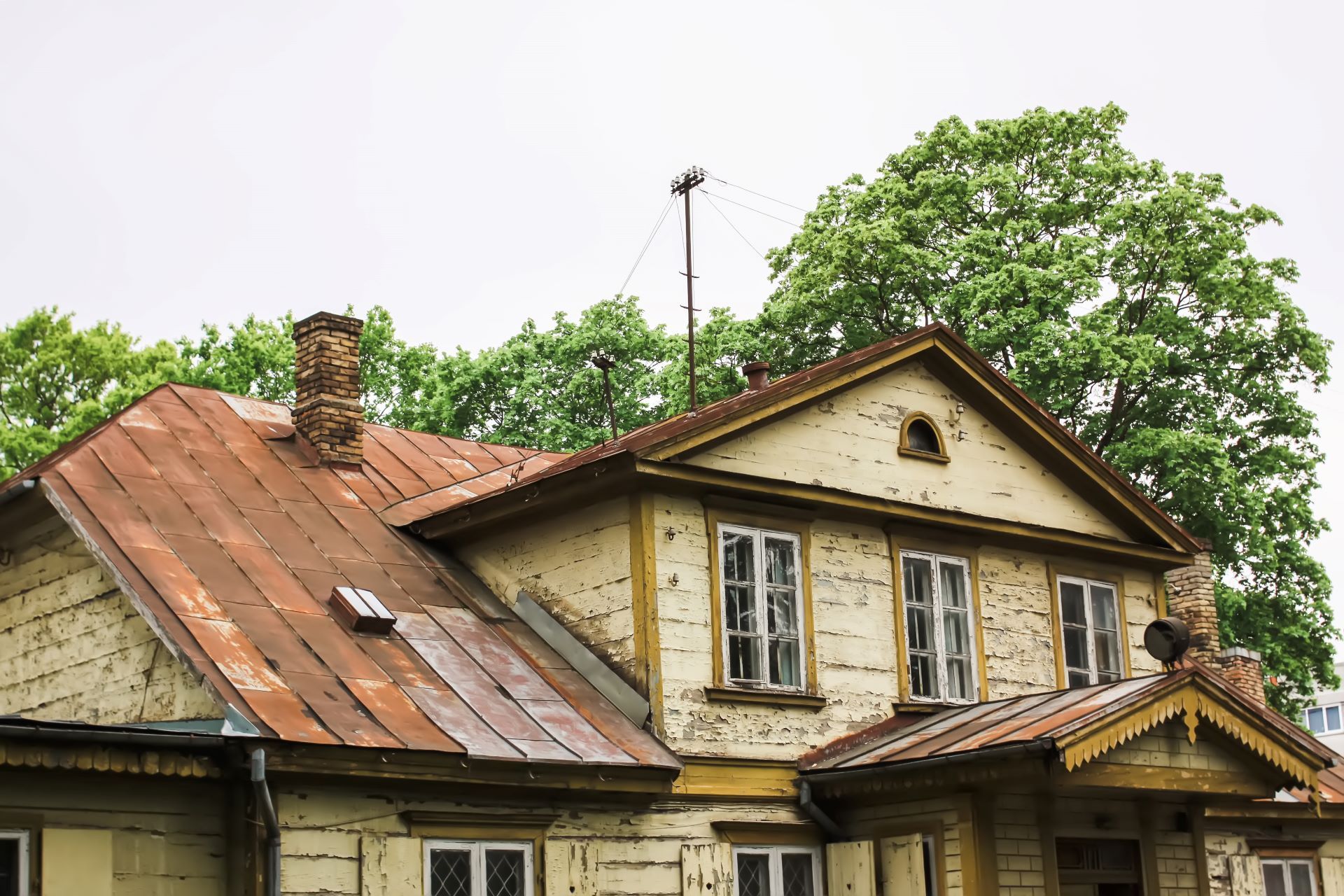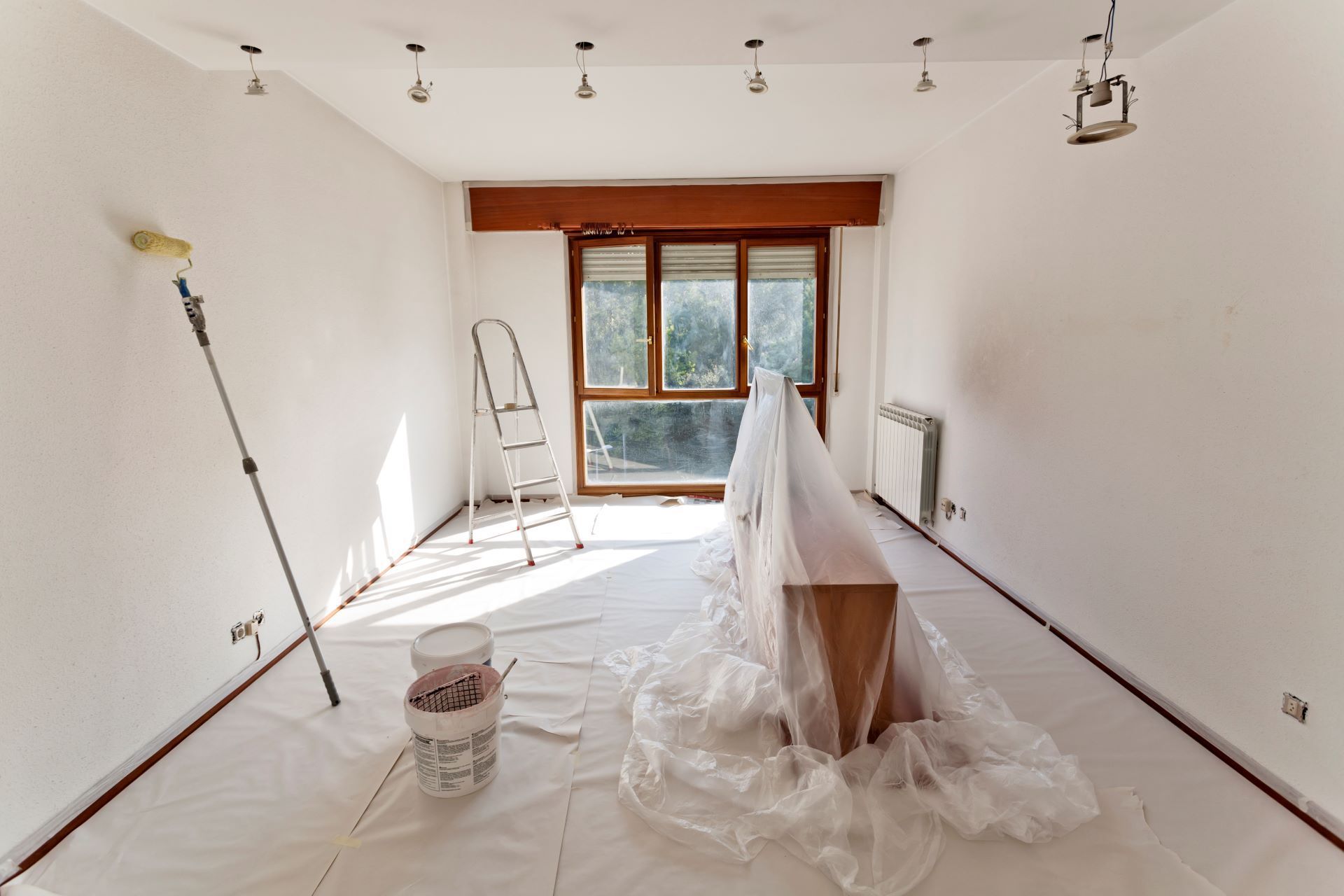How Long Does It Take For Wood To Rot?
August 28, 2023
Wood rot is more common in homes than you may think. So if you're wondering about the lifespan of wood and the factors that lead to its deterioration, you're in the right place.
In this blog post, we’ll explore how long it generally takes for wood to begin to rot and other factors that may contribute to wood rot or harm the wood surfaces in and around your home.

Understanding Wood Rot
Wood rot is a natural and destructive process caused by the combined action of moisture and fungi. When wood is exposed to excessive moisture over time, it creates an ideal environment for fungi to thrive, leading to decay. Certain types of wood are more susceptible to rot, and if left untreated, it can compromise the structural integrity of buildings and other wooden structures.
Factors Affecting Wood Rot
- Moisture levels and exposure to water: Wood that remains consistently damp or is in direct contact with water is more likely to rot faster.
- Environmental conditions: Temperature and humidity play significant roles in the wood rot process. Warmer and more humid climates promote quicker decay.
- Type and quality of wood: Different wood species have varying levels of resistance to rot. Hardwoods tend to be more resistant compared to softwoods.
- Presence of insects or pests: Certain insects and pests can accelerate the decay process by creating entry points for moisture and fungi.
Different Types of Wood Rot
There are two primary types of wood rot:
- Brown Rot: This type of decay leaves wood dry, cracked, and brittle. The wood darkens and shrinks, often resembling a "cuboidal" pattern.
- White Rot: White rot leads to a spongy and stringy appearance of wood. It breaks down cellulose and lignin, causing the wood to lose strength.
Average Time for Wood to Rot
The time it takes for wood to rot varies depending on the factors mentioned above. In general, when wood is continuously exposed to moisture and favorable conditions, it can start to show signs of rot in as little as a few months to a few years. In more extreme cases, untreated wood can completely decay within a decade.
Signs of Wood Rot
Early detection of wood rot is crucial to prevent further damage. Signs of wood rot include:
- Discoloration: Darkening or whitening of the wood.
- Soft or spongy wood: The wood feels soft and crumbles easily.
- Musty odor: A musty, damp smell around the affected area.
Impact of Wood Rot on Structural Integrity
Ignoring wood rot can have serious consequences. As the rot progresses, it weakens the wood, jeopardizing the structural integrity of the building or wooden structure. This can lead to safety hazards and costly repairs if left unaddressed.
Preventive Measures
To protect your home and extend its lifespan, consider the following preventive measures:
- Keep wood dry: Regularly inspect and fix leaks, and ensure proper drainage away from wooden elements.
- Use treated wood: When building or replacing wooden structures, like cabinets or a gazebo, opt for pressure-treated or decay-resistant wood.
- Apply protective coatings: Sealants, paints, and wood preservatives can create a barrier against moisture and fungi.
Use Professional Wood Rot Repair Services
If you notice any signs of wood rot, it's essential to act promptly. At Cougar Painting, we specialize in wood rot repair services. Our experienced team can assess the extent of the damage and provide effective solutions to restore your home back to good health.
Understanding the factors that contribute to wood rot and its detrimental effects is essential for any homeowner or property manager. By knowing the signs of wood rot and taking preventive measures, you can protect your investment and ensure the longevity of your home.
If you need professional wood rot repair services, don't hesitate to contact us. Cougar Painting is here to help you maintain the beauty and integrity of your property for years to come.
CONTACT US TODAY!
RECENT POSTS






